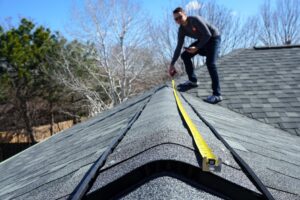
How Solar Contractors Can Reduce Insurance Premiums While Improving Safety
Running a solar contracting business at scale requires a lot of expenses that can add up. However, there is one big expense—insurance and
Can TPO save solar from itself? Read our four incentives TPO should offer in 2026 to entice sales reps & EPCs to put homeowners’ interests first.

How Solar Contractors Can Reduce Insurance Premiums While Improving Safety
Running a solar contracting business at scale requires a lot of expenses that can add up. However, there is one big expense—insurance and
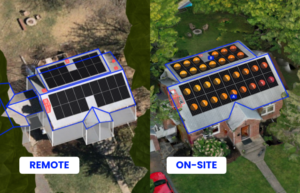
Scanifly Integrates Nearmap, LiDAR and other Data Sources to Launch Remote Design Capabilities
Denver, CO, Nov. 28, 2023 — Scanifly announced integrations with various remote data sources as part of its new preliminary design solution, Scanifly Prelim. Scanifly
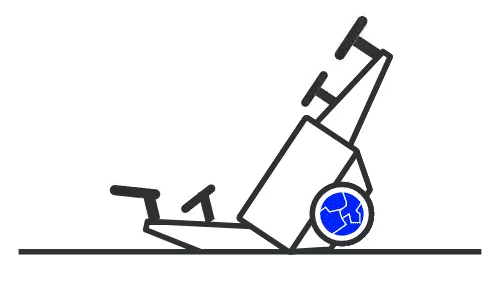
When Is It Time To Upgrade Your Drone?
Key takeaway: Drone technology is rapidly evolving and certain components break down over time. If you’re noticing multiple hardware and/or software issues (eg sensors), it’s
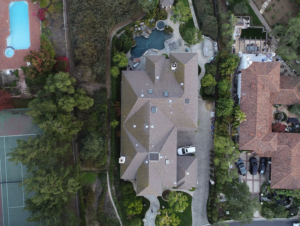
What’s An Orthomosaic Map (And Why It Matters For Solar Design)?
Planning for rooftop solar requires real-time, high-quality imagery. Satellite or aerial imagery is common and works for preliminary designs, but the true gold standard is
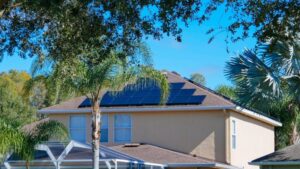
6 Clues for Identifying Young Trees That Will Cause Shade Over Time
Hot take: Do you know if the tree is young, or mature and a small species? If it has smooth, and often lighter bark texture,
Which CAD File is Best for Your Solar Workflow?
The Design phase is a critical part of the solar process—it’s when the onsite survey information is translated into the actual project that will get

The Pros And Cons Of Working With Third-Party Solar Consultants
Takeaway: Third-party consultants can offer a lot of flexibility, cost-effectiveness, and specialized knowledge. However, you need to be willing to engage with them to truly

4 Reasons Why Extra PV Design Resources Are Worth It
If you want to scale with flexibility, have peaks and valleys in your work, need specialized support, or are growing a niche solar company, working with third-party design consultants can add tremendous value and scalability to your business.

Three Ways To Speed Up Plan Set Turnaround Times
A common misconception about third-party outsourcing is that in-house teams can’t impact delivery times. The theory goes that you are completely removed from the process and the Design consultants you hired to do everything. In reality, though, you have a lot of control over delivery times. If you choose to set-and-forget, perhaps not. But if you’re willing to be involved, you can speed things up considerably.
Here are three ways to speed up the process while ensuring quality.
Join the 1,000’s of solar pros who get curated articles, podcasts, and product updates directly to their inbox to help sharpen their skills and grow their career in solar.